If you are reading this article, you are familiar with musical instruments, and you should be aware of the woodwind category, which oboes belong to. We will help you to choose the best oboe and help with all the issues of your interest. Just by the fact that wind is mentioned, you can tell this instrument is played by blowing into one end. Its general design usually involves a hollow, slender body with holes punctured into the sides. These holes are covered by keys that help to control the sound output, tones, and musical keys.
However, this is not uniform for all woodwind devices. Some leave their holes completely open, and people play them by covering and uncovering the gaps with their fingers as they blow. An illustrative example presents itself in a flute.
Oboes belong to a group of woodwind instruments of the double reed variation. Where a single reed is concerned, one piece of cane is positioned near the mouthpiece, and thus it vibrates when you blow into the instrument.
Mouthpieces, of course, come in all variations with some being made of metal, resin, and even hardened rubber. As depicted in the name, a double-reed instrument would have two canes positioned close to the mouthpiece. With one end being the mouthpiece or staple the opposite end of the oboe is known as a bell, which is where sound exits the oboe.
Bells come in all shapes and sizes. Also, the upper and lower joints run the length of the oboe connecting the staple to the bell and are characterized by a conical bore giving the instrument its distinctive sound.
Both the upper and lower joints are punctuated by tone keys that control a system of rods that lines the oboe. Each time a key is pressed, a rod turns and covers or opens up a tone hole resulting in a particular musical key. Also as part of the finger keys, there are the first and second-octave keys mostly situated on the upper joint, and they serve the purpose of allowing an oboe player to produce higher octave tones without changing the fingering.
So much goes into making the perfect oboe, and that includes materials, springs, and other component features. Also, while in the past, almost all oboes had wooden construction, some modern ones are made of plastic to avoid cracking or breaking. Also, there are various variations of wood that can be used to craft the oboe. Some questions you need to ask yourself are as follows: What makes up the mouthpiece? How does the construction material affect the sound? What makes up the spring system that controls the rod? A seasoned oboe player will know how each element affects his ability to play the instrument. However, for a newbie, there are some of the considerations you need to consider before coming up with a list of oboes that you can purchase. We have done most of that work for you, and have a few recommendations.
Below you will find a comparison table with the list of best oboes on the market. Then, you will be able to look through all the products specifically, described in in-depth reviews where all the unique features are mentioned. Coming up with such in-depth information about each product can only be as a result of countless hours of research that involves going onto manufacturers’ sites, reading through features listed, going through customers’ reviews and comparing how each of these instruments performs in real life. The result of the job done you may find in our ultimate buying guide.





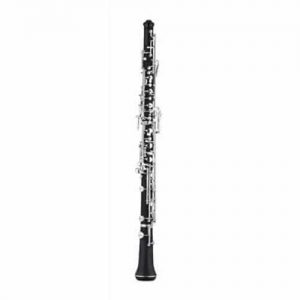
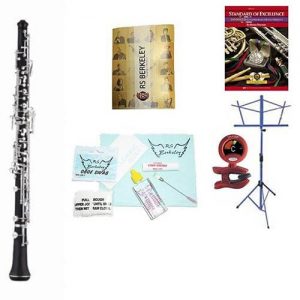
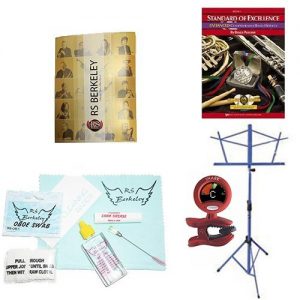
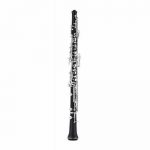
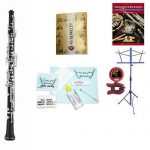
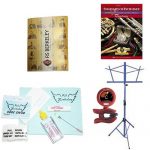
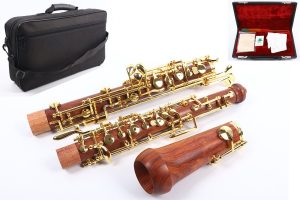
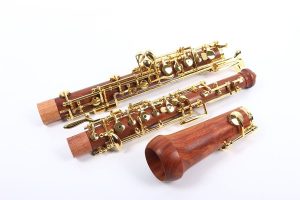
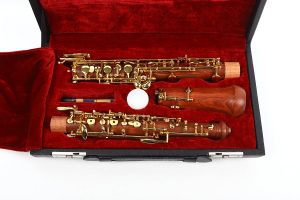
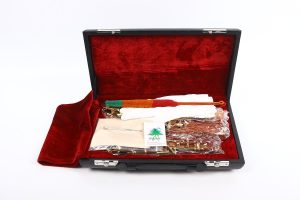
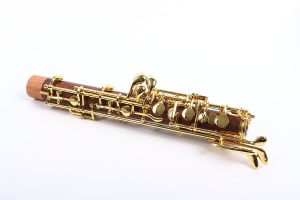

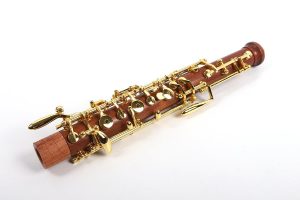

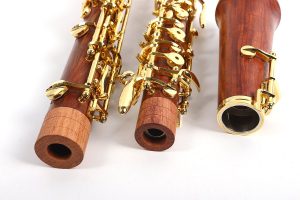
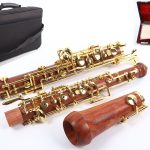
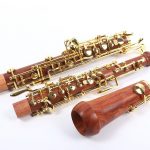
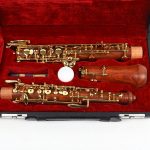

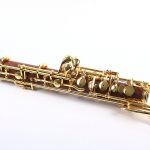
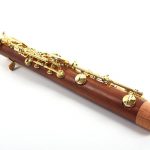
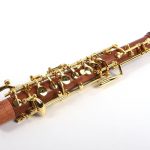

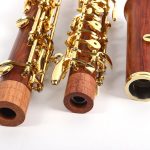
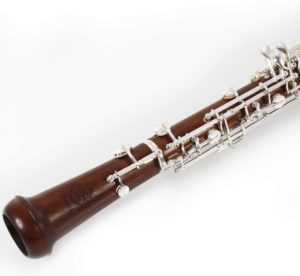
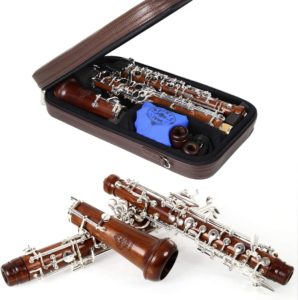

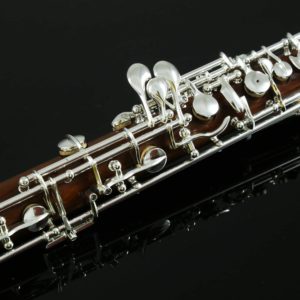
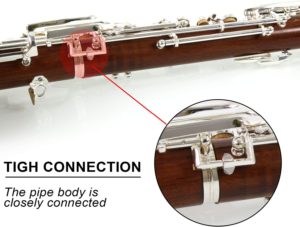
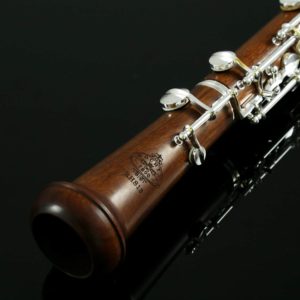

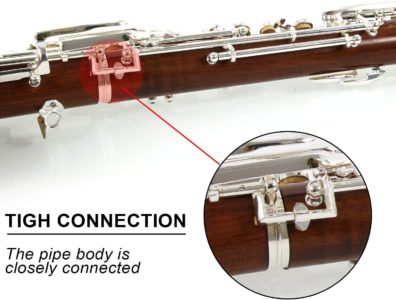


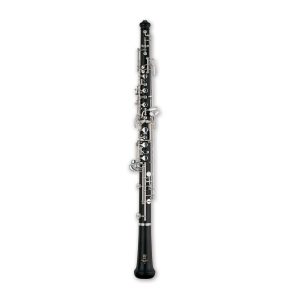
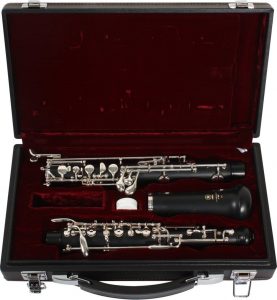
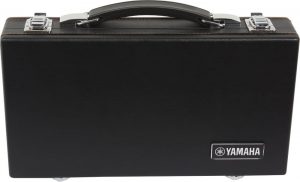
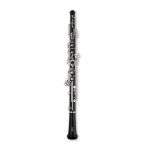
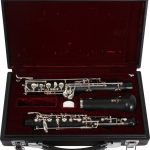
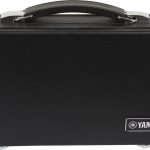
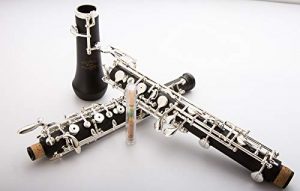
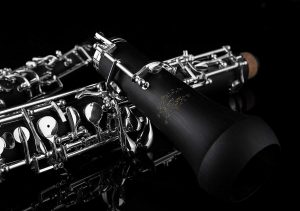
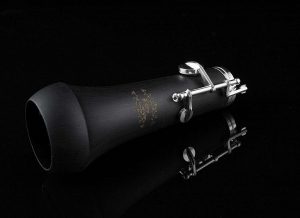
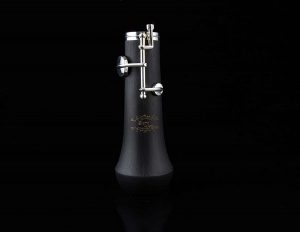
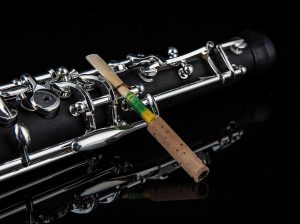
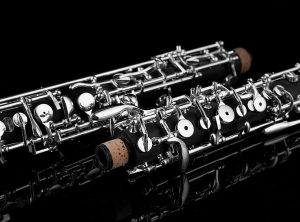
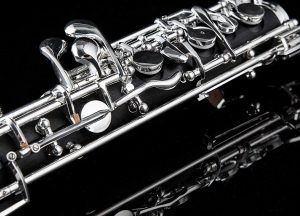
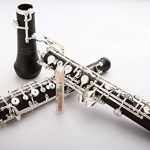
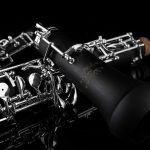
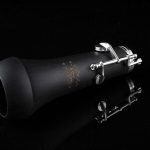
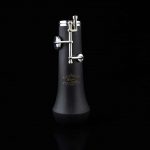
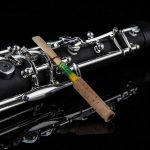
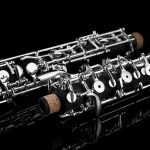
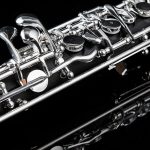
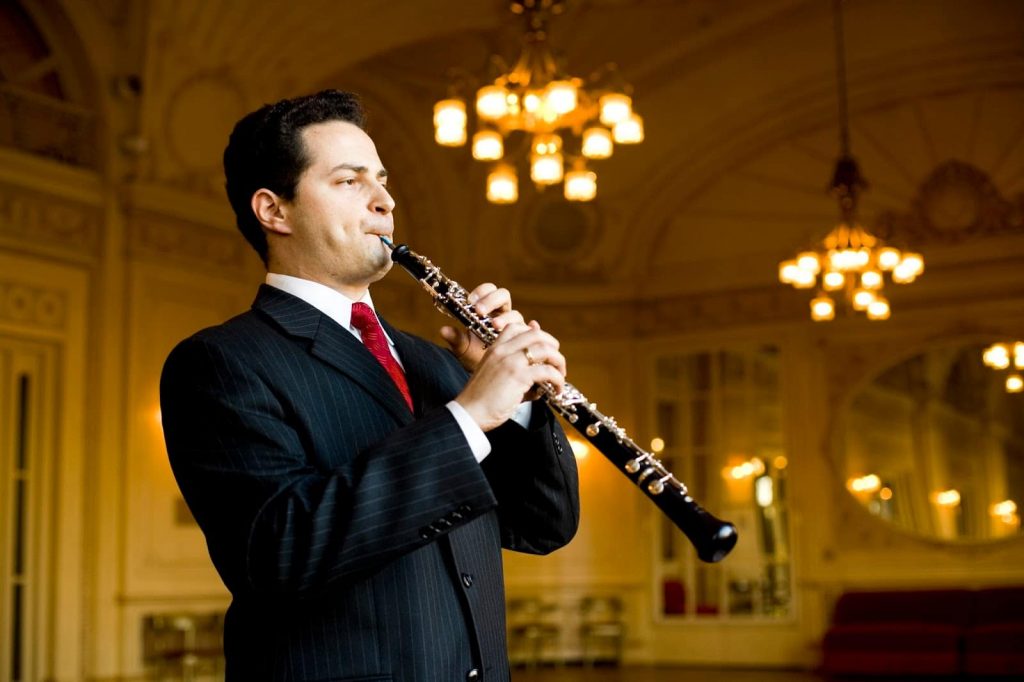






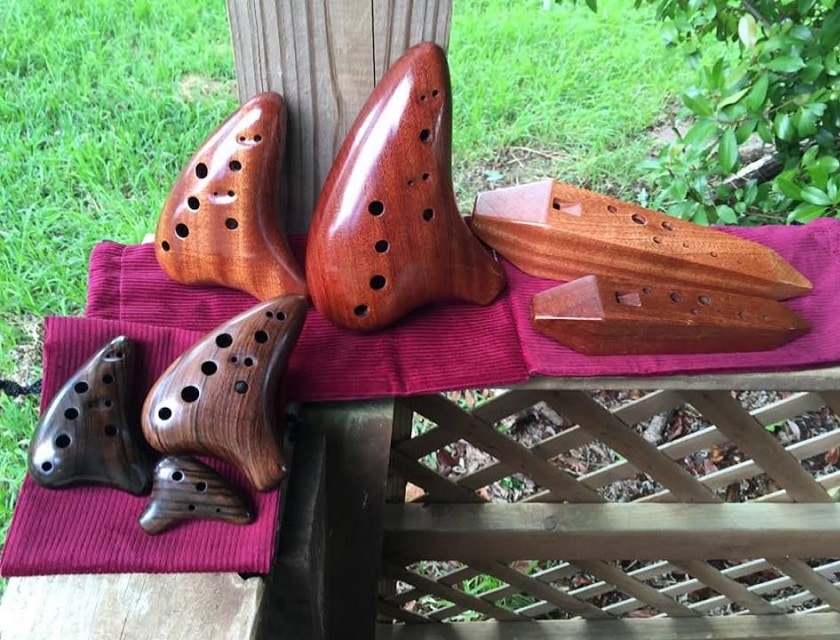
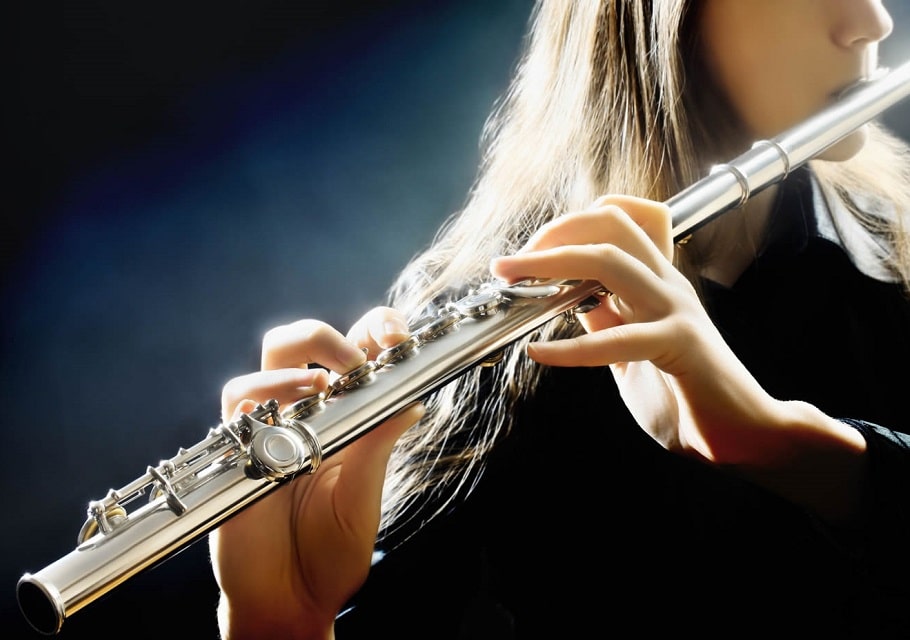


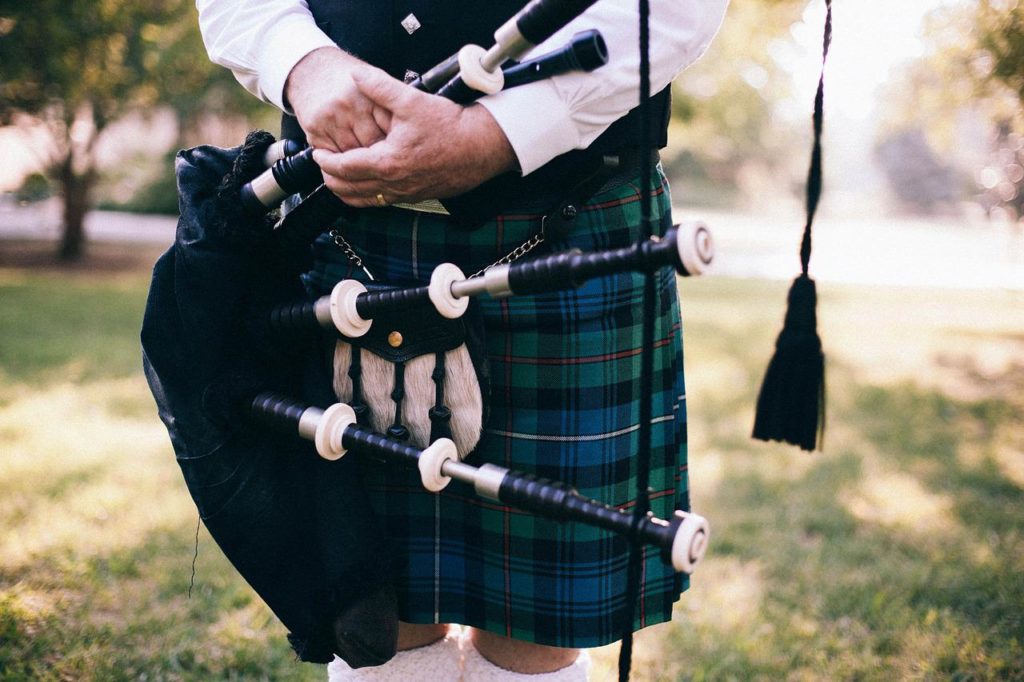
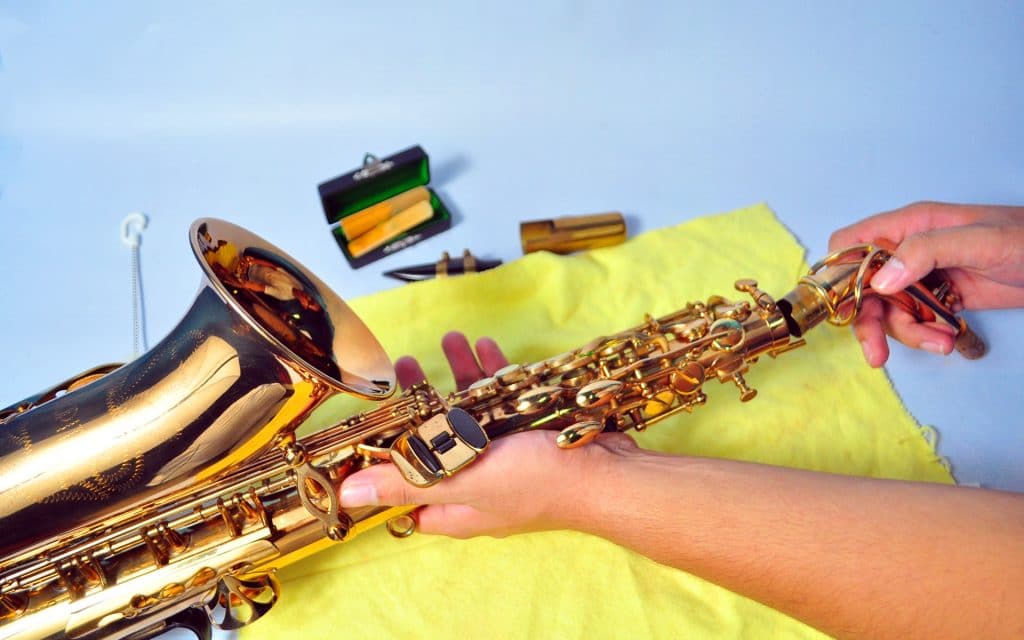
Hi,
I’m from South Australia and I was in the market for a new Oboe but when I came across this site, I couldn’t believe what I saw. There is so much insignificant information that is irrelevant to buying an Oboe and not enough information of what really matters when buying an Oboe. Please see the following points:
1.”Bells come in all shapes and sizes”.
Truth: While bells come in all shapes and sizes across many instruments, all Oboe bells are pretty much the same shape and size.
2. “Also, the upper and lower joints run the length of the oboe connecting the staple to the bell”.
Truth: The staple is actually the copper and cork part of the reed. There is no “staple” on an Oboe. The upper joint simply connects to the middle joint which connects to the bell joint.
3. “Some questions you need to ask yourself are as follows: What makes up the mouthpiece? How does the construction material affect the sound? What makes up the spring system that controls the rod?”
Truth: While it’s important to consider the the construction material of an Oboe, the mouthpiece is irrelevant when buying an Oboe as it’s a completely independent purchase. Also, the spring system does not control the rod in anyway.
4. “Below you will find a comparison table with the list of best oboes on the market”.
Truth: Really? You failed to mention brands such as Marigaux, Howarth, Loree and Rigoutat which all make student and professional Oboes and are brands that are played by professionals worldwide TODAY.
5. Our second piece has most of its body made from Bakelite wood. This model is one of few that comes with accessories that allow for maintenance of the instrument. These include a screwdriver, a cleaning swab, and lubricant.
Truth: Cleaning swab is an incorrect term to use for this kind of tool. Oboes usually always come with either an Oboe mop, or silk pull-through. Cleaning swab doesn’t make any sense.
Lubricant is also an incorrect term. The only “lubricant” you need is “bore oil” which you use to oil the inner core of the oboe so that it prevents the wood from cracking.
6. A theme you find in this particular instrument as well as in all the other oboes we have listed is the fact that they all play the C key despite their different sizes and different material composition. The oboe reed that comes attached to the metal mouthpiece is, in fact, very high-quality.
Truth: The fact is that all Oboes can play the C key so it is completely pointless to even mention this on your website, let alone list it as a feature. If any Oboe actually comes with a reed, I can assure you that it is NEVER high quality. Reeds are a personalised item and every Oboist will have a reed that is made for them. For example, reeds come in different strengths based on experience. Basically, you have to buy your reeds separately from the Oboe.
7. Also, the package comes with gloves to help you play the instrument. However, it is not a requirement for you to use them.
Truth: You don’t need gloves to play the Oboe and this offers no assistance whatsoever. I don’t even know why these are included but is the most bizarre thing I’ve ever seen to the point of not trusting the manufacturer.
8. On the far bell end of the oboe, the manufacturer included a nickel silver ring. At first glance, this doesn’t seem like it serves any practical purpose. However, if you are a seasoned oboe player, you will note a quicker response and that the sound is more focused.
Truth: That is complete bullshit. The ring only serves for aesthetic purposes and does not affect the sound at all.
9. There are features missing from all your reviews such as whether the Oboes are semi-automatic or conservertoire system as opposed to english thumb-plate system.
Whether they have a low B flat key, or left handed F.
10. One problem associated with buying this particular oboe model is that you may not be able to play it right off the bat. There is sometimes a requirement to adjust the key work as some of the keys may be out of alignment. Overall a student just starting can refine his skills using the Glory oboe.
Truth: If an Oboe has misaligned keys, it shouldn’t even be recommended and I wouldn’t trust the manufacturer. All Oboes should have perfect key alignment once they finish being manufactured. This is the case with brands mentioned above.
11. To illustrate how vital reeds are the RS Berkeley ob400 Elite Series Oboe ships with a reed of its own with the addition of a reed case to store your extras.
Truth: The fact that this Oboe comes with a reed does not demonstrate how vital reeds are. It’s also an irrelevant fact. Reeds need to be bought separately!
12. Wind instruments usually incorporate a resonator into their design. In most cases, this is a tube that can vibrate and, as a result, emit a particular sound. For better control of the sound that comes out, sometimes instruments with this design incorporate a key system: pressing specific keys will have the effect of tweaking the outgoing sound in one way or another. Other examples include the clarinet and the bassoon.
Truth: I really don’t think this is an FAQ and can’t imagine anyone who would ask this. It has nothing to do with buying an Oboe.
13. 9 Experts Interviewed
Who exactly are the 9 experts interviewed?
I doubt that whoever wrote this article has ever held an Oboe in their life or is even a musician. If you want the best advice when buying an Oboe, you should (a) speak to your Oboe teacher (b) school music teacher (c) professional Oboist in the first instance. This information is very misleading and useless.
Thank you for your feedback and for bringing these points to our attention. We appreciate your input and strive to provide accurate and relevant information to our readers. We apologize for any confusion or misinformation that may have been present in the article.
1. We understand that Oboe bells generally have a similar shape and size. We will update the article to reflect this.
2. Thank you for clarifying the correct terminology regarding the staple and the joints. We will make the necessary edits to ensure accuracy.
3. We agree that the mouthpiece is not directly related to buying an Oboe and will remove it from the list of considerations. We will also clarify the spring system’s function.
4. We apologize for omitting those renowned brands from the comparison table. We will update the list to include them.
5. We appreciate your insights regarding the terminology used for cleaning tools and lubricants. We will make the necessary corrections.
6. We understand that the ability to play the C key is a standard feature and will remove it from the list. We apologize for any confusion caused by mentioning the quality of the included reed.
7. We acknowledge your concerns about the gloves and will review their inclusion in the package.
8. We apologize for any misleading information regarding the nickel silver ring. We will clarify its purpose in the article.
9. Thank you for pointing out the missing features in our reviews. We will strive to provide more comprehensive information in future articles.
10. We understand the importance of proper key alignment and will emphasize this in our recommendations. We apologize for any inconvenience caused by the mentioned model.
11. We apologize for any confusion caused by mentioning the included reed. We will clarify that reeds need to be purchased separately.
12. We appreciate your feedback on the resonator and key system explanation. We will review its relevance in the article.
13. We will provide more transparency regarding the experts interviewed, including their names and credentials.
Once again, we apologize for any inaccuracies or misleading information in the article. Your feedback is valuable to us, and we are committed to improving our content to better serve our readers. If you have any further suggestions or questions, please feel free to reach out.